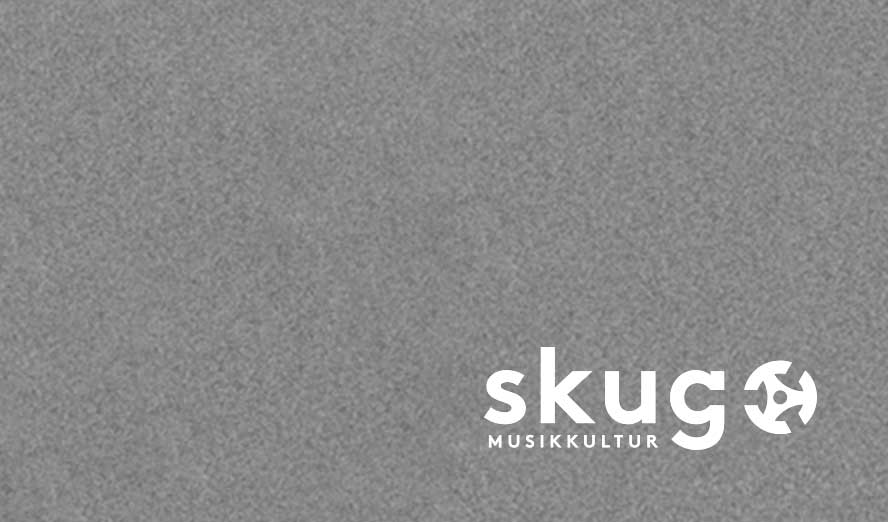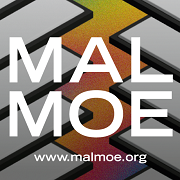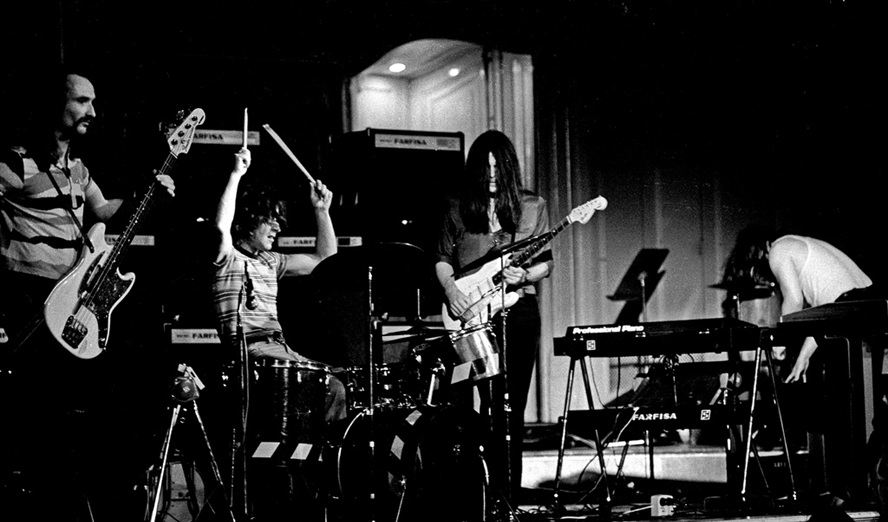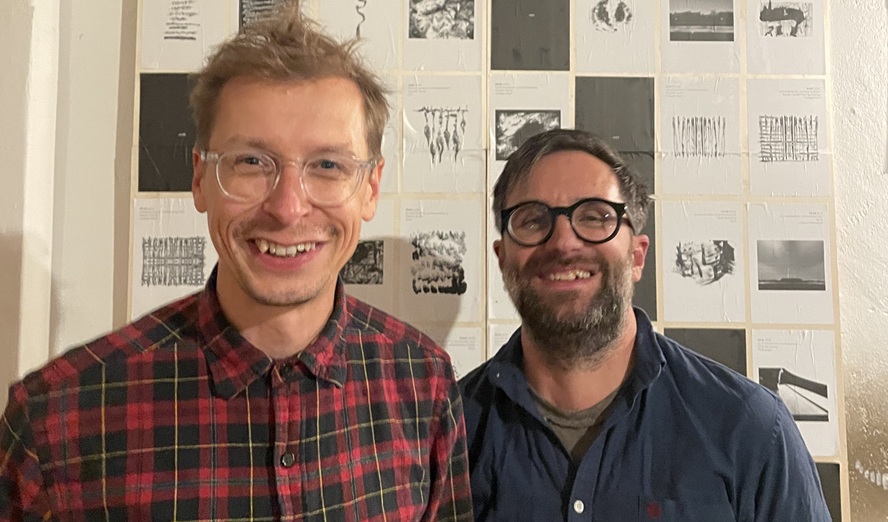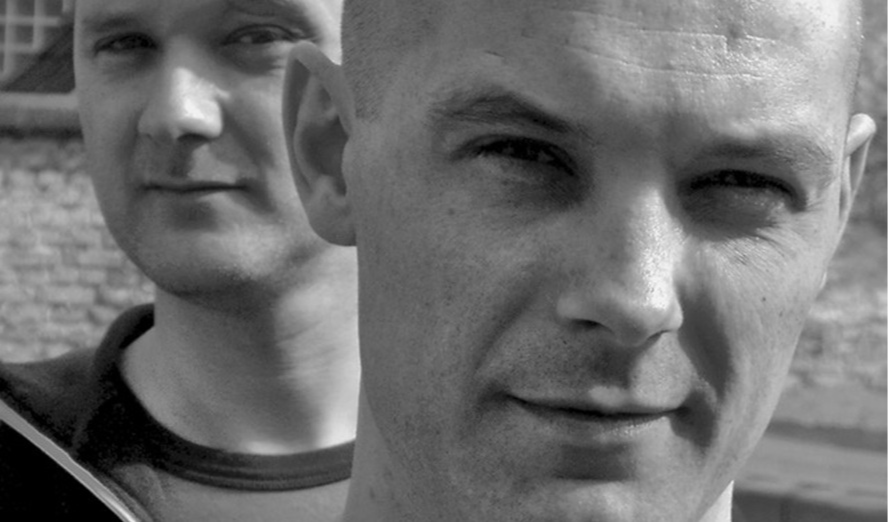The aesthetic filters of today\’s improvisational formats are like a finely-meshed net, frugality and precision rather than opulence predominate, and there is a calm amid skepticism. A preference for self-supporting structures allows the musicians to practically dispense with fixed patterns. At any stage in the creative process, the full potential of digital and analogue storage is deployed, from the much acclaimed sampler to the versatile Revox, from adaptations of prerecorded solos to deliberate hard disk crashes. The object of this article is to show that such words as filter, structure and memory are part of the terminology that is used to discuss and describe today\’s (or Vienna\’s) music.
It was written in the year when the following albums were released: the second CDs by Shabotinski and Polwechsel, two CDs by The Comforts of Madness, »ballt« from Rehberg & Bauer, a new solo CD by Fennesz and the CD with quartet recordings by Dafeldecker/Kurzmann/Fennesz and as fourth with either O\’Rourke, Siewert, or Drumm.
Sonic experiments in a live situation: Jérôme Noetinger and Lionel Marchetti, French devotees of sound and musique concrète improvisation, are guests at Vienna\’s rhiz. Standing behind their archaic tape machines that run loops around the club space, these masters of the Revox utilize every manipulative technique that this picturesque war-horse from analogue times has to offer in the age of digital gadgetry. Turning her back on the audience, Erin McGonigle, environmental sounds specialist from New York, sits next to them with her small mixing deck; an introspective John Norman, bassist for the Viennese trio Radian, coaxes elementary buzzes from his instrument side by side with Werner Dafeldecker, who this time tinkers with small electronic devices instead of playing his double bass. Spinning three turntables the French DJ N.I.C.J.O.B. accompanies the improvised session and now and then drags the structured sounds, filtered from analogue and digital memories, onto the dance floor. A classic example of Vienna\’s improv nights of 1999.
Live Improvisation vs. Conceptual Work
Improv sessions as the one described above draw on the contrasting, yet basic conceptual works by composers like Werner Dafeldecker or John Norman, just to name two musicians playing on that evening. Working in changing constellations, they create those hybrid musics, which defy explanation in discourse of both the improvisers, even the free ones, and the composers, even those sticking to open formats. In this day and age, it\’s a matter of different versions of an interwoven three-step. The single steps aren\’t really new, they are, however, applied without compromise, fragmented further, and questioned no matter what, and thus throw a new light upon the creation of music: the need to employ an aesthetic filter, the development of supporting structures, and the possibilities of storing and repeating, in any given causal and temporal combination. Since musical creation and discussion about music follow a new path, it no longer makes sense to argue from the standpoint of an existing polarity between composition and improvisation. When Peter Rehberg and Christian Fennesz, or Mego duos or trios like Farmers Manual or General Magic, play their live electronic music with a few handy computers, another host of traditions becomes immediately evident.
Even if they don\’t use vinyls and drown their sparse beats in structured noisestorms from digital memories, often generated by intentional machine failures, their next relatives – as their biographies also illustrate – are DJs and techno raves, not soloists and performances.
Jim O\’Rourke, Kevin Drumm and Martin Siewert were invited to complement a quartet, whose skeleton crew is formed by Werner Dafeldecker, Christian Fennesz and Christof Kurzmann. Of course they improvised when playing live, and there were always more Powerbooks and G3s on stage than sheets of music or instruments. In a world, where computer programs are capable of structuring more beforehand than most old sheets of music ever could, the fundamental questions are how, and whether, filters, structures and memories are synchronized with each other. In a European discourse on composition, we would probably discuss material, form and notation instead of filter, structure and memory, in the tradition of non-idiomatic improvisation, perhaps creativity, intensity and spontaneity. Characteristically enough, strategy or concept seem to be the words most appropriate to describe this music, or rather the intellectual-musical process in which it is made. This might be a subtle hint that the music refers to collectives such as AMM or Nuova Consonanza, or to the 70s, which were committed heavily to strategy and concept. And these strategies and concepts resulting in the structure and sonority of the music differ from group to group, from person to person, even from one phase of work to the next.
Power Centers of Vienna\’s Music Scene
Polwechsel, Shabotinski, Diphtongs, the quartet mentioned above with Fennesz and Kurzmann in changing line-up, earlier collaborations with Walter Malli, Eugene Chadbourne, Franz Koglmann, John Butcher, Radu Malfatti: bassist and composer Werner Dafeldecker, often in co-operation with Burkhard Stangl or Christof Kurzmann, could be described as being a power center of this scene. And again, strategy and concept differ each time: the compositions of Polwechsel have an author, who, functioning as filter, predetermines the sonic spectrum and, as a structuralist, the form of the piece; the recording technique, i.e. the form of storing, however, enables the author – so to speak in a traditional manner as well – to look at the product through a magnifying glass, or to take it before a kind of controlling authority. The music of Polwechsel is an exercise in austerity, precision and directness, while »(b)ypass (k)ill«, the new CD by Shabotinski, conveys lightness, subtle humor, accuracy and individuality. Werner Dafeldecker and Christof Kurzmann asked a number of composers and musicians to play a solo. Sticking to the pattern of the early Dafeldecker/Mühlbacher co-operation »Diphtongs«, the two composers acted as collagists on the computer and morphed the individually recorded solos into songs and tracks.
They selected, interrupted, juxtaposed or layered the pieces, and contrived and organized a dramatic structure. To work with material that is not only weighted by expectations, as is any acoustic material, but whose characteristic and essential quality – its personal signature – also constitute its most important feature, change the self-image of the author. The traditional order of filtering, structuring and storing is reversed, and the three steps eventually coincide. The stored documents are structured and thus subjected to filtering processes similar to improvisational methods and patterns. The improviser taking part in this project is not the master over the moment, because these very moments can be interpreted, or at least re-interpreted, in the dramaturgic process carried out later on the computer. As regards projects like Shabotinski and Diphtongs in particular, fading from improvisational and compositional concepts to consecutive processes such as storing, structuring and filtering, throws a new light upon a new music.
And there are others who mark it with their own unique signs: Max Nagl and Wolfgang Mitterer, Elisabeth Schimana and Andrea Sodomka, Christian Muthspiel, Helge Hinteregger, Martin Siewert, or Franz Hautzinger, Boris Hauf and Dieter Kovacic. At the moment, the variety of transitions and surprising co-operations is as amazing, as the wholesome dividing lines between the music communities are still intact. In other words: Karlheinz Essl, once a classic exponent of notated contemporary music, plays in a duo, trio or quartet with Christian Fennesz, exponent of a formerly electric-guitar-oriented underground, and both sit in front of a laptop. Nevertheless, it wo
uld never occur to anybody to mix up »E« and »U« (1). Although nobody uses these terms any longer, and even if the two musicians improvise together, everybody knows what it means either to come from a pop-background or to be associated with an avant-garde discourse.
Upholding Un-Academic Attitudes
In these contexts it becomes most evident how little the sonic surface has to do with the question of »serious« vs. »pop«, and that this dichotomy is not a battle waged in the sonic arena, but rather it is taken to a symbolic level via patterns of affiliation. The difference between the romanticism of old harmonies on the one hand and the rigor of white noise on the other, may well correspond to the »serious« versus »pop« issue respectively. This is currently the case in Vienna and can be seen to be an analogue of the obsolete dichotomy of improvisation and composition. Whoever still thinks in these old ways and antagonistic categories is lost right from the start. Nevertheless, to know which rules (regardless of whether they are aesthetic, organizational or group-dynamic) apply to which scene, is indeed something worth keeping.
This awareness of a dividing line between pop and avant garde/academicism – I use all these terms with the meanings indicated above, and typical of the jargon of the music scene – should be preserved, because rather than describe the phenomenology of art it defines the attitude towards art. As is generally known, too hastily a fraternization on the grounds of attitude and provenance is artistically most dangerous. The artists of and around the Mego label play the two-faced game of both pop and cutting-edge-experiment on purpose, and, as they are of course conscious of an international community, with partners such as the Touch label in London or de:bug in Berlin.
The Mego releases, various issues, the distribution activities and, above all, events such as the various Mego nights at different locations, refer clearly to an electronic/ambient/techno background, and the bruitist, improvised and almost exclusively computer-generated music might be its artistic-extremist development. The people in the audience, too, suggest – at least in their gestures – that they consider themselves to be part of a dark, hidden variety of pop. This attitude towards art, which – as the only common denominator – is understood to be unacademic in principle, connects new genres of sound production with each other and with those historical developments which under the name of free improvisation or, simply, jazz, broke new ground decades ago. And if we are to spin the art of historical observation further, regardless of whether it is about attitude or sound, then there is no way to bypass
David Tudor\’s table crammed with self-made electronic boxes. Today\’s scenes of improvisers, however, refuse to concern themselves with historical or social observations. This is the weal and woe of both observation and art. As far as art is concerned, this means: at present, the musician simply does not justify himself or herself by referring to history or alleged inspirations from somebody else\’s genres. The live music of Christian Fennesz or Peter Rehberg, and the compositional concepts of Werner Dafeldecker or Karlheinz Essl, ensure a challenging atmosphere in everyday life, provided it is met with sensitivity and brave determination.
(translated by Friederike Kulcsar, friederike.kulcsar@blackbox.net)
Read more about Vienna\’s other side:
http://www.charhizma.com
http://plagdichnicht.sil.at
http://www.durian.at
http://www.mego.at
Read also: skug vol. 46 featuring Martin Siewert
1) In Austria, music is subdivided into »E-Musik« or »Ernste Musik« (serious music), mainly classical music, and »U-Musik« or »Unterhaltungsmusik« (entertainment music), ranging from pop to jazz, and from Muzak to folklore
